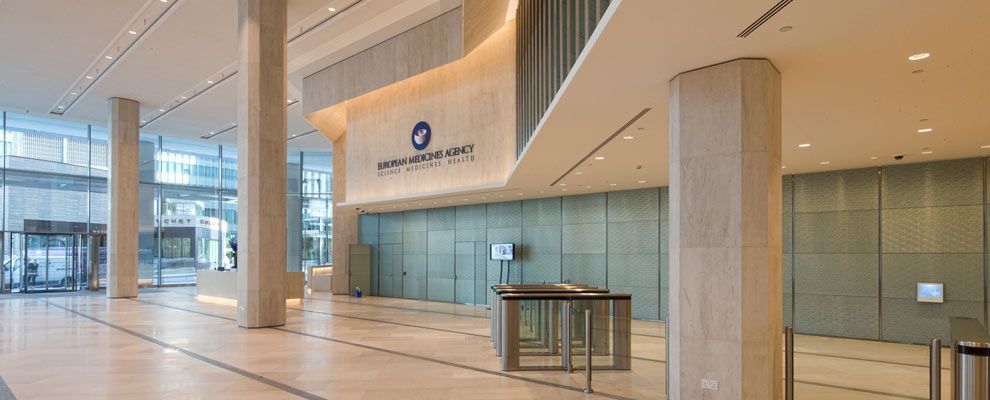Design is a thought activity: we should not replace it with a mere “optimizing” approach, because it’s from imperfections that talent emerges.

In a complex area such as that of health communication, “transparency does not equal accessibility”. This is the opinion of professor Guido Rasi, from the management board of the European Medicines Agency (EMA), the EU body responsible for the scientific evaluation and the control of medicines. Indeed, the variety of stakeholders involved and the complexity of contents require a diversification of the communication actions and the channels used.
In order to protect public health it is important, in the first place, to dialogue effectively with citizens, the new patients 2.0 who are more and more independent information seekers. The Web has thus become a privileged space of sharing also for the European Medicines Agency, in order to guarantee authoritative answers on risks and benefits of medicines. “We strive to ensure that our information is positioned as high as possible on search engines, by using the best practices in web design, content writing and usability, wherever possible” – explained Guido Rasi.
Communicating but also listening, tracking conversations between users on the Web, generated by the patients’ word of mouth. “Conversations help providing information on the collective experiences of patients, compared to individual experiences” – concluded Guido Rasi.